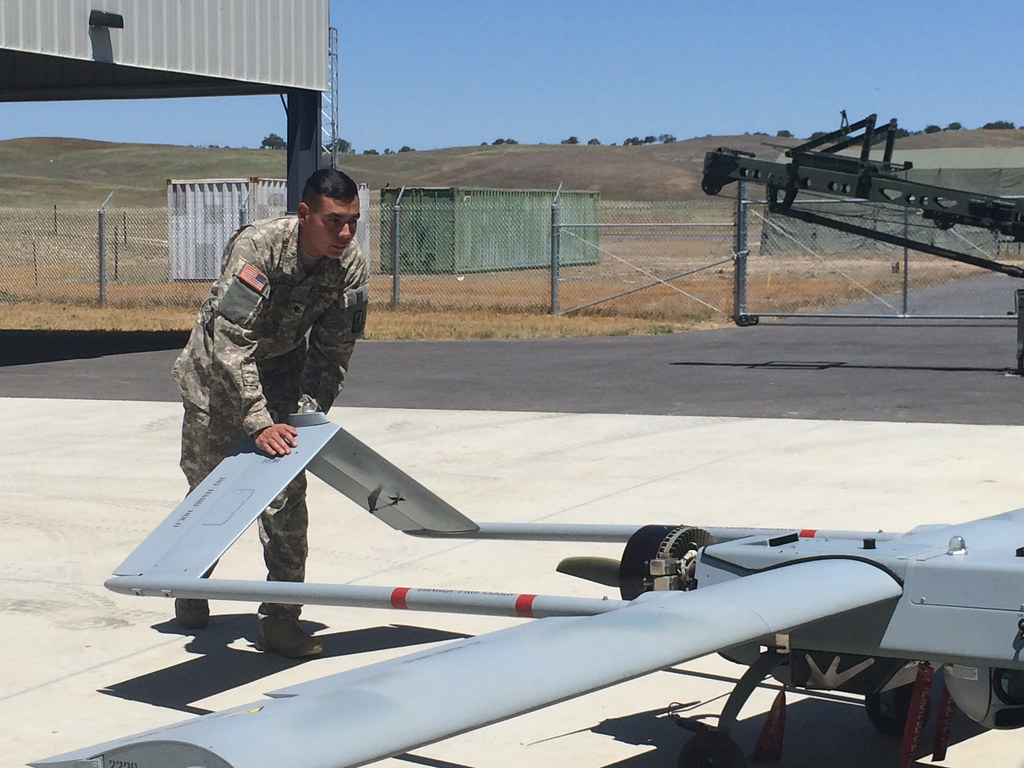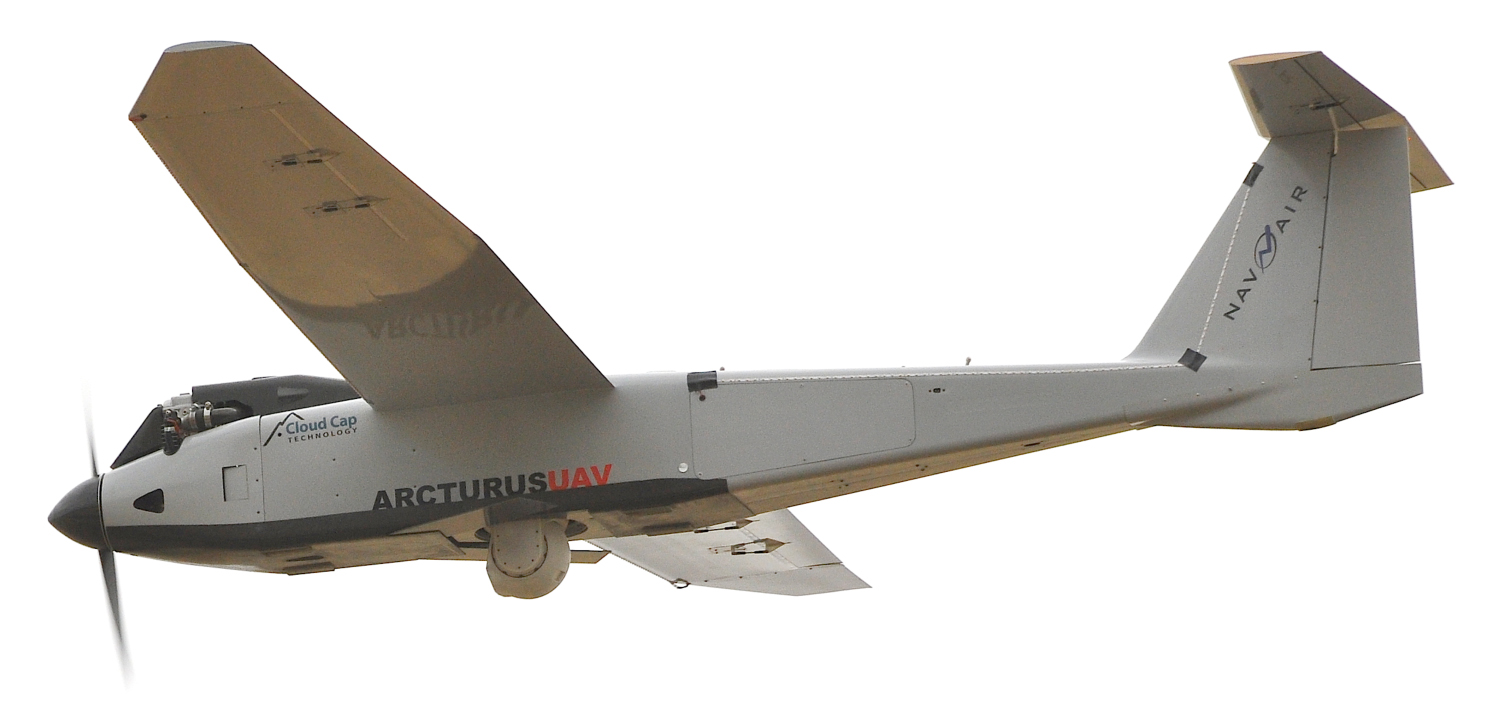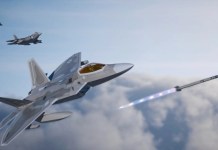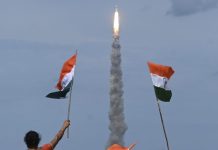The US Army is currently testing four drones to replace its tactical reconnaissance unmanned air vehicle (UAV), the Textron RQ-7 Shadow.
US Media Calls India’s LCA Tejas ‘Much More Reliable’ Than Chinese Fighter Jets
The US military has carried out the tests of the four Future Tactical Unmanned Aircraft System (FTUAS) demonstrators at a ‘Rodeo’ test event at Fort Benning, Georgia, with reports stating that results have been encouraging. The event started on February 22 and is scheduled to run till March 05.
While the Army is yet to choose the ideal replacement for its RQ-7 Shadow drone, it is using the event to set requirements for an open competition for the next drone.

The drones are being tested by the US Army brigade as part of the “buy, fly, inform” approach. Four UAV types are currently being tested which include the Arcturus Jump 20, L3Harris Unmanned Systems FVR-90, Martin UAV V-Bat, and Textron Aerosonde Hybrid Quad drone.
Following the testing, the soldiers will provide feedback which will then guide the army’s acquisition and help the drone manufacturers in refining the designs further.
“We saw a very agile system from every performer. We saw the soldiers uniformly fall in love with this capability and want to keep it,” said Brigadier General Walter Rugen, director of the Future Vertical Lift Cross-Functional Team.
The RQ-7 Shadow Drone
The RQ-7 Shadow is an American unmanned aerial vehicle (UAV) that has been manufactured by the Maryland-headquartered aerospace and defense firm AAI Corporation.
The drone is used by the US Army, Australian Army, Swedish Army, Turkish Air Force, and Italian Army for carrying out reconnaissance, surveillance, target acquisition, and battle damage assessment.

The UAV is launched from a trailer-mounted pneumatic catapult and is recovered with the aid of arresting gear similar to jets on an aircraft carrier.
Developed in the 1990s, it is an order drone and is considered an inelegant weapon from a less sophisticated age.
Now thirty years on, the US Army feels the need for replacing the drones with a much more advanced type that can carry out missions in a more efficient manner.
As per reports, the US Army wants the future unmanned system to improve upon the RQ-7 Shadow drones in three areas.
The new drones should have automatic vertical take-off and landing capability, be quieter and also fit within the US Air Force 463-L pallets, which can be transported by Boeing CH-47 Chinook cargo helicopters.
The four drones that are in race to replace the RQ-7 are as follows:
JUMP 20
Developed by the US-based Arcturus UAV company, the Arcturus JUMP 20 is a vertical take-off and landing (VTOL) variant of the T-20, fixed-wing, tactical drone.

It has been designed and manufactured primarily for the US Navy to be used for carrying out intelligence, surveillance, reconnaissance, and search-and-rescue missions.
The JUMP 20 drone was unveiled in April 2014 and underwent several test flights in January of 2015. It features a monocoque airframe that has been constructed using composite materials.
The drone comes with two fixed wings arranged in high-wing configuration, and a tailplane in T-tail configuration.
It has a length of 2.8m, a wingspan of 5.6m, and a maximum take-off weight of 95.2kg, with the payloads weighing 27.2kg being carried in the payload bay located in the central part of the fuselage.
FVR-90
The FVR-90 is a vertical take-off and landing (VTOL) drone that has been designed and developed by L3Harris Technologies.
The long-endurance UAS is equipped with a patented Hybrid Quadrotor (HQ) technology thereby ensuring efficient operations than other conventional VTOL platforms.
The drone combines the VTOL functionality of a quadrotor with the efficiency, speed, and range of a fixed-wing aircraft, and requires no launchers.
The FVR-90 UAS has a length of 2.48, a width of 4.8m, and can be operated by a pilot as well as a maintainer.
V-BAT
Developed by US-based advanced aviation technology manufacturer Martin UAV, the V-Bat drone is capable of infrastructure-independent vertical takeoff and landings.
Other than that, the UAV also retains the high efficiency of a fixed-wing aircraft for long-endurance missions.
The drone can speed up to 90 knots, which enables it to dash to different areas quickly while also being able to cruise around for eight hours at 45 knots at an altitude of up to 15,000 feet.
“Martin UAV’s V-BAT was designed for speed and ease of deployment and is the only true Vertical Take-Off and Landing (VTOL) system that safely transitions into a high endurance, fixed-wing aircraft,” said Martin UAV on its official website.
HYBRID QUAD
The Aerosonde HQ is a vertical take-off and landing (VTOL) small unmanned aircraft system (SUAS) that has been designed and manufactured by Textron Systems.
The drone features an expanded size, weight, and power (SWAP) profile, and can perform a range of operations including intelligence, surveillance and reconnaissance (ISR), covert and communication relay.
It can also deliver simultaneous day/night full-motion video, communications relay, and signals intelligence while carrying a customer-selected payload in a single flight.
Follow EurAsian Times on Google News




